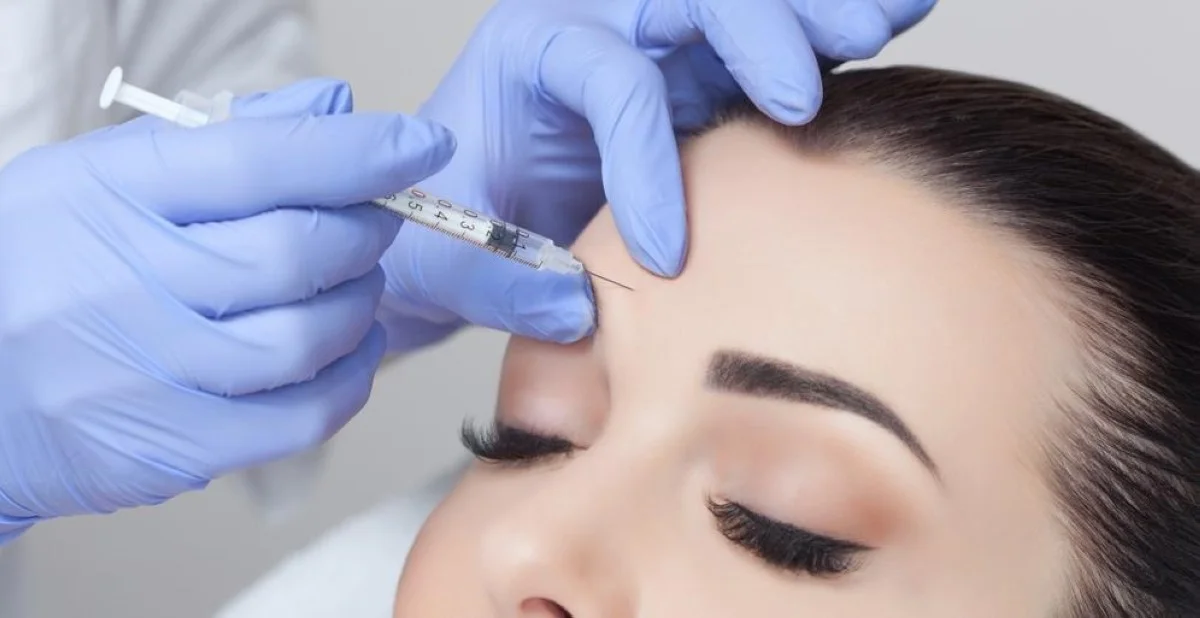20/10/2024
20/10/2024

NEW YORK, Oct 20: With the growing popularity of Botox, it can be challenging to determine whether it’s harmful. This treatment has essentially transformed the anti-aging industry, allowing individuals to erase fine lines and deep wrinkles with just a few tiny injections, resulting in a smoother, younger-looking appearance.
While the immediate results are widely recognized, many may wonder about the long-term effects of Botox and other neuromodulators. Below, we explore both the positive and potential negative outcomes, as explained by medical professionals.
What is Botox?
Botox is an injectable neuromodulator that temporarily weakens or paralyzes muscles. Much like how we refer to all tissues as Kleenex, Botox has become a general term for neuromodulators. Other brands include Dysport, Xeomin, and Jeuveau, all of which function similarly.
This quick solution for fine lines and wrinkles typically involves minimal downtime, although it takes time to see the full results. “I generally tell my patients that they will begin to see some results within the first week, but it takes two weeks to achieve full effects,” explains Dr. Noreen Galaria. “Within two weeks, patients notice a relaxation of their fine lines and active wrinkles, along with a smoother appearance of the skin and reduced pore size and sweating.”
Positive long-term effects
Neuromodulators have undergone extensive research and are FDA-approved, making them safe for use. However, each individual’s experience with this anti-aging injectable may vary, emphasizing the importance of a customized approach and open communication with your practitioner. While Botox is known for smoothing existing wrinkles, it also offers several other long-term benefits.
Helps prevent future wrinkles:
In addition to smoothing existing lines, Botox may help prevent new wrinkles from forming. There are two types of wrinkles: dynamic, which are only visible when making facial expressions, and static, which are always present.
“Dynamic wrinkles develop from repetitive muscle contractions and can become static wrinkles over time, especially as the skin loses elasticity due to factors like excessive sun exposure,” explains Dr. Jeffrey G. Lind II. “Using Botox at a younger age can significantly slow the transition to static wrinkles in the treated area.”
Consistent neuromodulator injections can help maintain a youthful appearance even as time passes. “A great study involving twins showed that one received regular Botox while the other did not,” notes Galaria. “After 13 years, the treated twin had fewer wrinkles at rest, even after the Botox wore off, and displayed better skin quality and smoothness in the treated areas.”
Doses may decrease
Another potential long-term benefit of Botox and other neuromodulators is that with continued use, patients may require fewer treatments and smaller doses. Galaria explains that this occurs because the muscle weakens, making it less prone to wrinkling.
Can minimize headaches
Some individuals notice headaches or increased facial tension as their Botox effects wear off. Since neuromodulators relax facial muscles, they can help reduce clenching, headaches, and even migraines.
“Botox has been approved for chronic migraine treatment and has been shown to lessen the frequency and severity of migraines for some individuals,” says celebrity facial plastic surgeon Dr. Kimberly Lee. With regular use, you may find relief from these painful headaches.
Can reduce sweating
While not all Botox injections target sweat glands, they can sometimes be used to address excessive sweating in specific areas. In fact, Botox is an FDA-approved treatment for hyperhidrosis, a condition marked by excessive sweating beyond what is necessary for body temperature regulation. Botox functions by blocking the nerves that activate sweat glands in targeted areas, such as the underarms, feet, hands, and face.
Negative long-term effects
Neuromodulators have been thoroughly studied for over 20 years and are deemed safe for ongoing use, so significant long-term negative effects of Botox are rare; short-term negative effects are more common.
These short-term effects may arise from poor injection technique, failure to follow post-care instructions, or, in rare cases, an allergic reaction. As Botox and other neuromodulators are temporary (wearing off within three to six months), these short-term effects typically resolve. However, there are a few potential long-term issues worth noting.
May require higher dosing
One possible long-term negative effect of Botox is that, over time, you might need more frequent appointments or larger amounts to maintain results, which can become costly. While some patients experience the opposite effect, needing less over time, every case is unique.
“Very rarely, ‘tolerance’ to Botox may develop with long-term use, leading to resistance against its effects,” explains board-certified dermatologist Dr. Blair Murphy Rose. “This is believed to result from the development of neutralizing antibodies in the body that bind to and deactivate the protein.” Galaria adds that this might also stem from aging and the presence of more wrinkles to address over time—essentially, you have more wrinkles at 40 or 50 than at 20 or 30.
Weakens and atrophies muscles
Conversely, some individuals may experience noticeable muscle weakening with prolonged Botox use, as the muscles become underused. For many practitioners and patients, this is seen as a positive, leading to fewer wrinkles.
However, Galaria notes that “in some women, this muscle atrophy or weakening may make underlying veins in the face more visible,” which could be accompanied by unnatural limitations in movement.
Can have a subtle flattening effect
Another potential side effect to consider is that as facial muscles change over time, further relaxing them with Botox can lead to a subtle flattening effect of the brows. If Botox is also used in other areas, like the masseters (jaw/cheek muscles) for clenching, you may notice a slimmer or more angular appearance over time, which may be perceived as positive by some but negative by others.
May cause pain or discomfort
Although Botox is a minimally invasive procedure and typically quick, some patients may experience pain or discomfort. Swelling or light bruising at injection sites is also possible. In rare cases, Botox can spread beyond the intended area, potentially causing unintended muscle paralysis, leading to drooping eyelids (ptosis), facial asymmetry, or difficulty swallowing or breathing. These effects tend to be more short-term than long-term.


